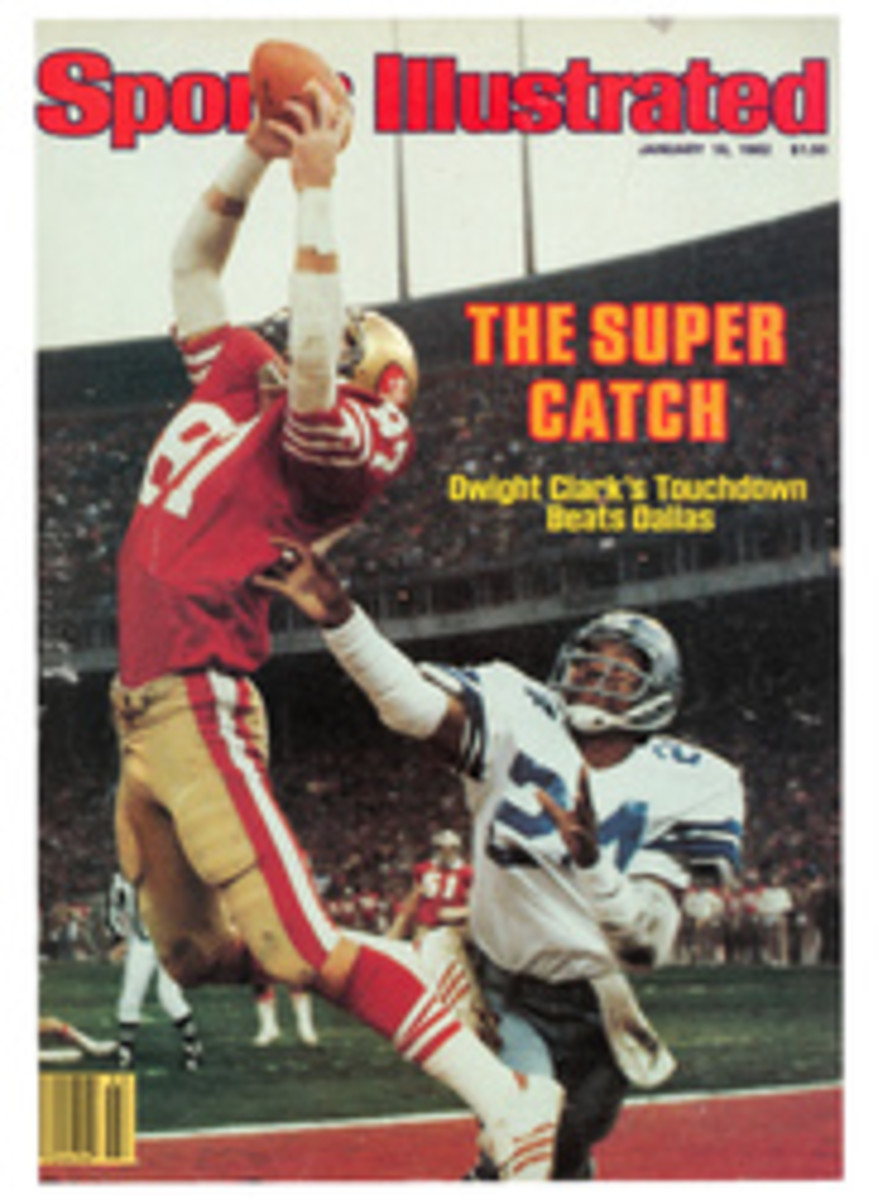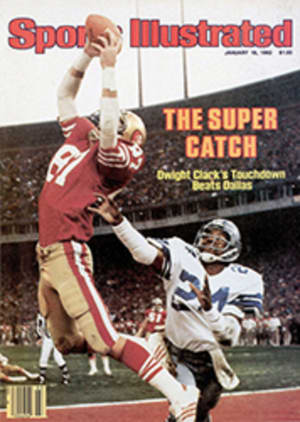
First Person
The figures are impressive, if not downright astounding. By December '81, the Harlem Globetrotters had traveled nearly three million miles in their 56 years of existence to play 15,000 basketball games in the U.S. and 99 foreign countries and territories. That's an average of about 268 games a year. An NBA team plays 82 games in the regular season.
I've seen only two of those 15,000 games, the first of them about 30 years ago in Honolulu's old Civic Auditorium. In those days the Globetrotters might well have been America's finest basketball team. They went a long way toward proving it on Feb. 20, 1948, when they beat George Mikan and the Minneapolis Lakers, who became National Basketball League champions later that year, in Chicago, 61-59.
An elderly great-uncle took me to that game in Hawaii—an uncle known to family members as a dignified sort, but who that night proved to have a somewhat less dignified side as well. Before the Trotters appeared, two women's teams played a preliminary game, and apparently they were all that Uncle Bill noticed. While I enjoyed the feature attraction, he told me over and over, clearly enthralled and delighted by it, how lovely those girls in their shorts had appeared. Goose Tatum and Marques Haynes failed to impress him. The various comedy routines that had the large crowd laughing uproariously weren't funny to Uncle Bill.
But every few minutes he would say, "They were something, Mike. Blondes, brunettes, all of them. I've never seen a sight quite like that before." Not knowing exactly how to react, I ignored him. Even so, he talked of little else in my presence for the next several weeks.
I grew up in Honolulu and played several of my high school basketball games for Punahou School in Civic Auditorium, and I was always glad that the Globetrotters had been there, done their magic on the same floor I dribbled on, shot at the very baskets I aimed at.
After high school I played some AAU ball and was actually offered a tryout for a team that was to tour the Far East playing against the Globetrotters. But I had other obligations and turned the offer down, though I think I could have made that team. As a good shot and rather poor ball handler, I had the qualities that almost surely would have made me a sufficiently convincing fool and foil.
This past year the Globetrotters crossed my path again when they played in Ashland in rural southern Oregon, where the timber industry is faltering and the unemployment rate rises every day. I went to the game partly to try to imagine what my life might have been like if I had gone on tour against the Globetrotters, but mostly to assure myself that they hadn't changed. Middle age has made it necessary for me to identify something, somewhere, that has remained constant through the years.
And, sure enough, they still warm up to Sweet Georgia Brown. They still do the basketball skit, the football skit, the bucket of water trick and the free throw on an elastic band. They make life miserable for their straight men and the referees. Their opponents still come across as amiable boobs. Most of the Ashland crowd loved it despite the local economy, or perhaps partly because of it. Lots of people need diversions these days.
Sitting next to me in the Southern Oregon State College gym was a gentleman of 60 or so, and with him was a boy of 11 or 12. I couldn't help but recall the game I had seen with my Uncle Bill so long ago in Honolulu. But this man was different. He obviously loved what he was watching. Throughout the first half, almost without pause, he shook with laughter, his face flushed crimson, and over and over again his calloused hand slapped his thigh resoundingly. Two fingers had been amputated from that hand, so he was probably a mill worker, and I assumed he had recently been laid off. Most of them have been laid off, and a lot of the older ones are missing a finger or two.
The boy—his grandson, I learned from their conversation—was obviously bored; he barely glanced at the court. Fidgeting endlessly, he ate a large bag of popcorn, drank three or four Cokes, and chewed up the ice, loudly.
"You see that? You see that one, Joey?" his grandfather asked him 20 or 30 times, but he got no response. Joey only spoke when he wanted something more to eat or drink.
The halftime entertainment included a young woman who did a trampoline routine in a modified bikini. Joey stared at her throughout her act, focusing so hard that if his eyes had popped out an inch or two, it wouldn't have surprised me.
Then, all through the second half, he gazed at the doorway across the gym through which she had disappeared after finishing her routine, and he repeatedly asked his grandfather questions about her. Could he wait outside afterward to see if he could get her autograph? Did she travel with the team, did he think, or was it possible she lived in Ashland? Were the Globetrotters playing somewhere nearby the next night, and would she likely be there, and if so could they go again? I don't think the grandfather knew what to make of it. However, he ignored his grandson and watched the game.
I won't pretend that I know quite what to make of it, either, let alone try to claim that one man and one boy in a southern Oregon gymnasium, contrasted with their Honolulu counterparts of 30 years ago, can be used to substantiate a profound sociological statement. All I know for sure is that some things clearly have changed in those 30 years—and I went home after the game both puzzled and saddened by that.
ILLUSTRATION
ROBERT NEUBECKER

